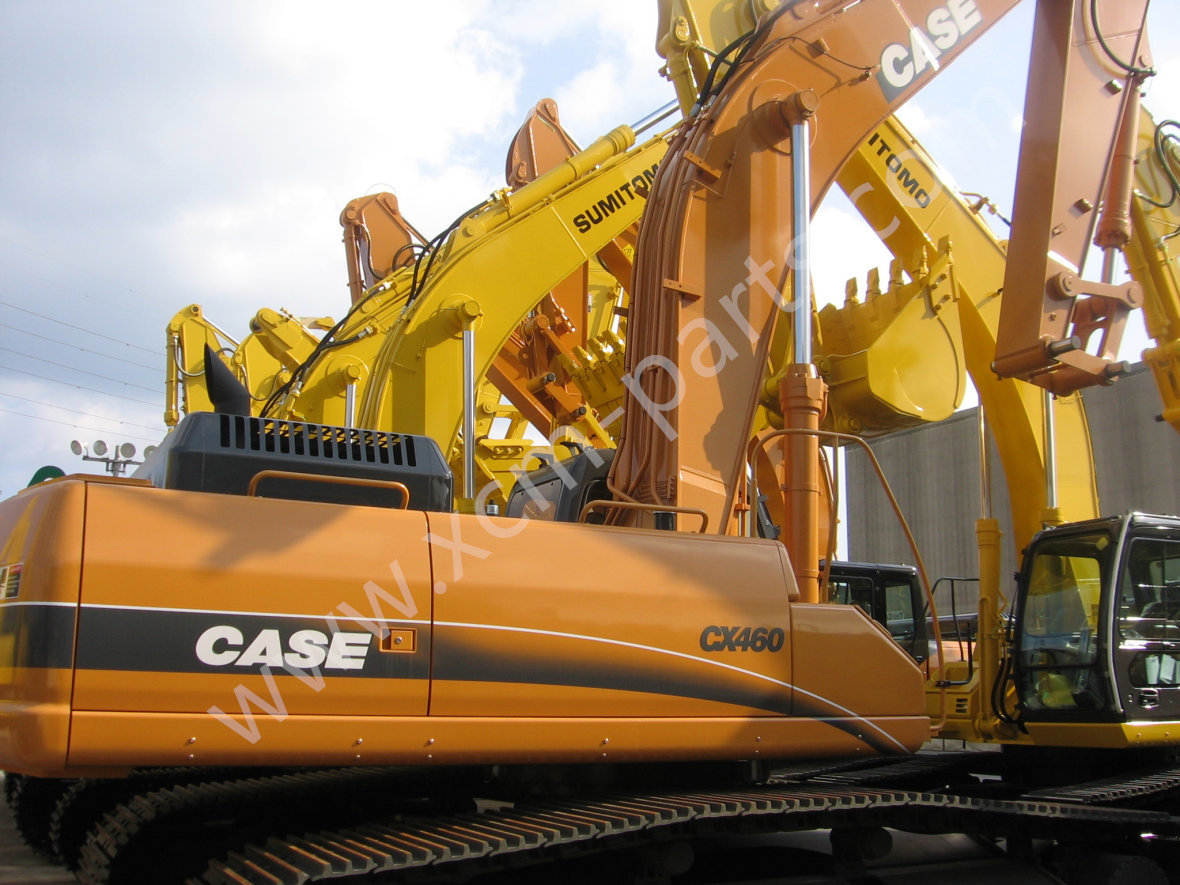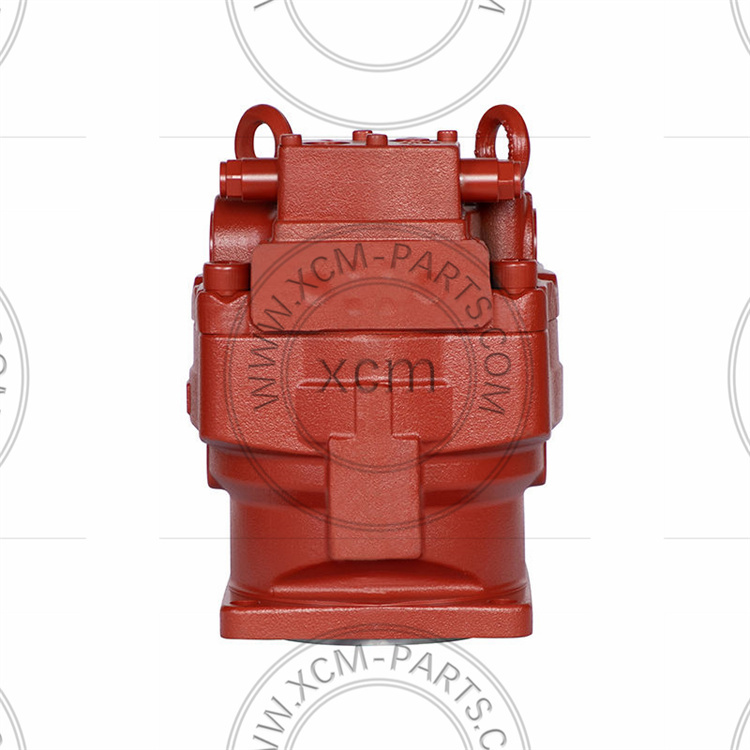03
2025
-
02
Understanding the Function and Importance of Excavator Relief Valves
One of the key advantages of installing a reliable excavator relief valve is its protective capability. By preventing overpressure situations, these valves safeguard both the hydraulic components and the overall excavator. This protection is essential because excessive pressure can lead to catastrophic failures, such as hydraulic line ruptures or pump damage, which can result in costly downtime and repairs.
In addition to protection, excavator relief valves contribute to operational efficiency. By maintaining optimal pressure levels, these valves ensure that the hydraulic system functions smoothly, enhancing the performance of the excavator's various attachments. This efficiency is particularly crucial in demanding environments where time and productivity directly impact project success.
When it comes to selecting an excavator relief valve, several factors must be considered. Compatibility with the specific excavator model and hydraulic system is paramount. It's essential to choose a valve that meets the required pressure ratings and flow rates to ensure proper functionality. Additionally, regular inspection and maintenance of the relief valve are necessary to ensure its longevity and reliability. This includes checking for signs of wear, leaks, or blockages that can hinder performance.
Understanding the operational principles of excavator relief valves is important for professionals involved in manufacturing and servicing construction machinery. Familiarity with these components can aid in diagnosing hydraulic system issues and implementing effective solutions. Furthermore, knowledge of the valve's role in the system can assist operators in optimizing their equipment's performance and longevity.
In conclusion, excavator relief valves are vital components that play a significant role in the hydraulic systems of construction machinery. By preventing overpressure, enhancing efficiency, and ensuring safe operation, they contribute to the overall performance of excavators. For those involved in the manufacturing and processing of engineering equipment, understanding the function and maintenance of these valves is crucial for achieving optimal results in the field. Properly maintained excavator relief valves not only protect the machinery but also enhance productivity, making them an essential focus for industry professionals.
Excavator Relief Valve
undefined
The Art of Customizing Crawler Excavator Parts to Improve Performance
The Art of Customizing Crawler Excavator Parts to Improve Performance Table of Contents 1. Introduction to Crawler Excavator Customization 2. Understanding Crawler Excavator Parts 2.1 Types of Crawler Excavator Parts 2.2 The Importance of Customization 3. Customization Techniques for Enhanced Performance 3.1 Upgrading Hydr
Understanding the Function and Importance of Excavator Relief Valves
Excavator relief valves are integral components of hydraulic systems used in various engineering and construction machinery. Their primary function is to regulate and control the pressure within the hydraulic circuits, ensuring the safe and efficient operation of the excavator. When hydraulic pressure exceeds a predetermined limit, the relief valve opens to divert excess fluid, preventing potentia
Breaking Ground: The Future of Excavator Motors in Construction
Breaking Ground: The Future of Excavator Motors in Construction Table of Contents 1. Introduction to Excavator Motors 2. Historical Overview of Excavator Technologies 3. Current Technological Advancements in Excavator Motors 4. Sustainability in Excavator Motor Design 5. Impact of Automation on Excavator Performance 6. Future Trends in Excavator Motors 7. Challenges Fa















